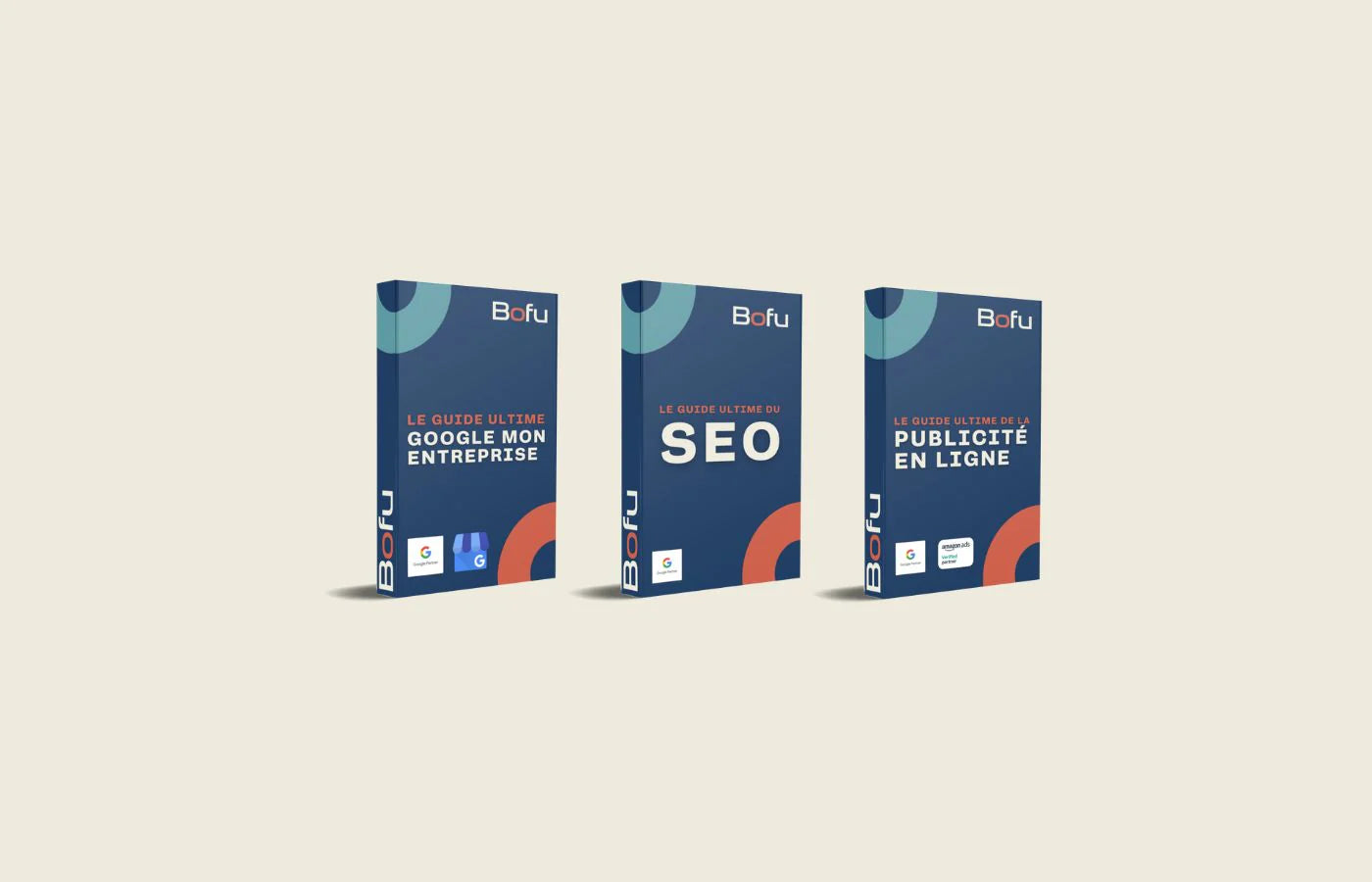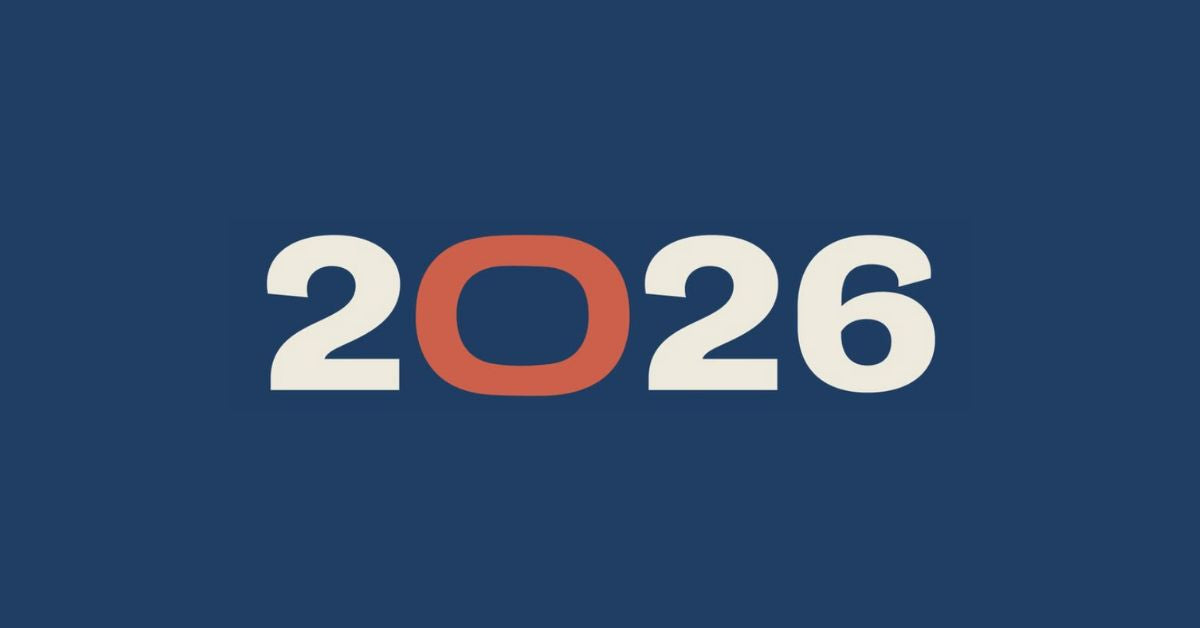In this article, we'll discuss what makes a good bounce rate and how you can improve yours, in order to increase your conversion rate and search engine rankings.
What is bounce rate?
Bounce rate is an important metric for a website because it indicates the extent to which people interact — or not — with the content on your website. It is in fact a showcase of the user experience that you offer to your visitors, presented in the form of a simple and quick to understand percentage.
The bounce rate is calculated when someone visits a page on your website, but takes no action on it and subsequently leaves. More specifically, bounce rate measures the number of visitors who leave a web page without taking a specific action, such as purchasing something, filling out a form, or clicking on a link.
It’s important to understand bounce rate and how it impacts your overall digital marketing strategy . For example, a poor bounce rate can indicate technical SEO issues, like your page loading time is too slow.
You also need to understand your objectives and your type of content when analyzing this KPI. A media website will have a good bounce rate on its articles if it is low. This means that people who enter the website are not just reading the article or the reason why they are visiting the website. In the case of a lead generation site, the bounce rate on an information capture page can be 100%, but we have captured the information of the majority of contacts.
What is a good bounce rate?
To define what a good bounce rate is for your site, you need to understand the difference between a high bounce rate and a low bounce rate.
A high bounce rate means that the total session duration of a visitor is short; they visit a page on your site and leave. A low bounce rate means visitors spend time on a page and click on available links.
However, a high bounce rate is not necessarily a bad thing. A good bounce rate and a bad bounce rate are relative terms whose definition can change according to different subjective criteria. For example, if the success of your site depends on users viewing more than one page, then, yes, a high bounce rate is bad. On the other hand, if your site includes a single page like a blog or you offer a type of content for which single-page sessions are normal and expected, a high bounce rate is perfectly normal.
Another way to look at this is to think about the structure of your site . For example, on an e-commerce site, the home page may have the highest bounce rate of all pages, because you want your visitors to land and stay on pages where they can make a purchase, like a product page.
So, what is a good bounce rate? A bounce rate of 56% to 70% is high, although there may be a good reason for it, and 41% to 55% would be considered an average bounce rate. An optimal bounce rate would be between 26% and 40%.
Bounce Rate vs. Exit Rate
When talking about bounce rate, another term that comes up frequently is exit rate. The difference between a bounce rate and an exit rate is sometimes not well understood since the two are somewhat similar. If bounce rate is the number of single-engagement sessions of a web page, exit rate is the number of people who leave a specific page, even if they didn't originally land there.
In terms of analytics, a bounce may indicate a lack of interest in a site, but a high exit rate may indicate that you are having conversion rate optimization (CRO) issues. Although someone may have shown enough interest in your site to visit more than one page, they are likely to return to the search engine to find the answer they are looking for.
How to reduce your bounce rate
If you want to reduce your bounce rate, you need to consider what can negatively impact your bounce rate, including:
- Slow downloading of the site
- Invasive pop-ups and advertisements
- Useless plugins
- Poor website usability
- Title tags and meta descriptions that are not properly optimized
- Blank pages and technical errors
- Poor quality content
- Pages that are not mobile friendly
In order to reduce the bounce rate, you can do several things like:
Examine the pages with the highest output volumes
In Google Analytics , navigate to the Behavior > Site Content > Exit Pages report to find the pages with the highest exit volumes. This will reveal the pages where people most often abandon your site and let you know who is landing directly on an exit page or who is coming from another page on the site. Both types of information will help you make changes to improve your bounce rate.
Analyze the number of times spent on the site
To understand your bounce rate data, you need to put it in context with other metrics. For example, it is important to cross-compare with time spent on site metrics. This can help you determine if a problem is site-wide or just a particular page. If you have a blog page with a high bounce rate and low time on page, the content is not doing its job.
Perform A/B testing
If you want to make improvements to your site, A/B testing is a great way to see which ones work best. For example, you might have two different sales pages for a product — Page A and Page B — with different designs and calls to action (CTAs). Running an A/B test means you will show one page to half of your visitors and the second to the other half. The results should reveal which page keeps visitors on your site for a longer period of time.
Optimize for mobile
With more people accessing the web from mobile devices and Google prioritizing mobile, your site needs to be optimized for this type of traffic. Good site design means nothing if a page takes a long time to load on a cell phone, sending the user searching for other sources for what they want.
Make your pages easy to read
You have a dense, content-heavy page that gets a high bounce rate — not surprising! You need to make the page more attractive and readable, including using more white space, larger font sizes, subheadings to break up blocks of content, and short, easy-to-navigate paragraphs.
Include clear CTAs and consider their locations
If you have strong, optimized content on a page, you need to think about what type of action you want visitors to take. A well-placed CTA should trigger this action.
Although you can have several, too many CTAs can confuse or discourage people and not work. The location of these buttons on the page, their color and their size are essential. For example, Apple suggests that CTA buttons be at least 44 pixels high.
Revise your meta description
Sometimes reducing bounce rates is about aligning expectations. If your meta title, meta description, and page URL don't match what you're offering, your users will definitely bounce off your site. Your target keywords should be integrated into the meta description. If someone is convinced to visit your page because of the search page meta description and you deliver the goods, you have a winning page.
Target high value-added keywords
A keyword is not just a keyword. Some have higher values than others. These keywords can vary depending on what part of the sales funnel you're in — driving traffic, increasing awareness, or looking to convert buyers you've caught the interest of. If you choose a keyword that drives traffic to your site, you need to deliver on that promise with the right content.
Conclusion
Bounce rate is a metric that you can use to analyze your marketing efforts and, above all, to measure whether you are adequately meeting your users' expectations. This way, you can determine which pages are working and which pages deserve more attention.
Remember that meeting your visitors' expectations by making your pages more attractive and user-friendly leads to creating a website that easily ranks in the top search results!
















